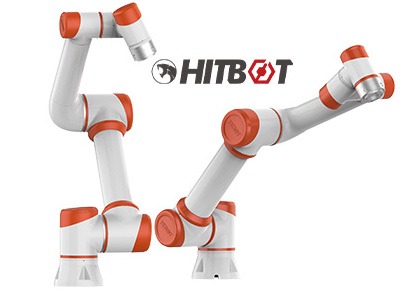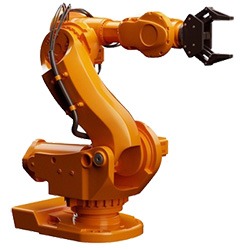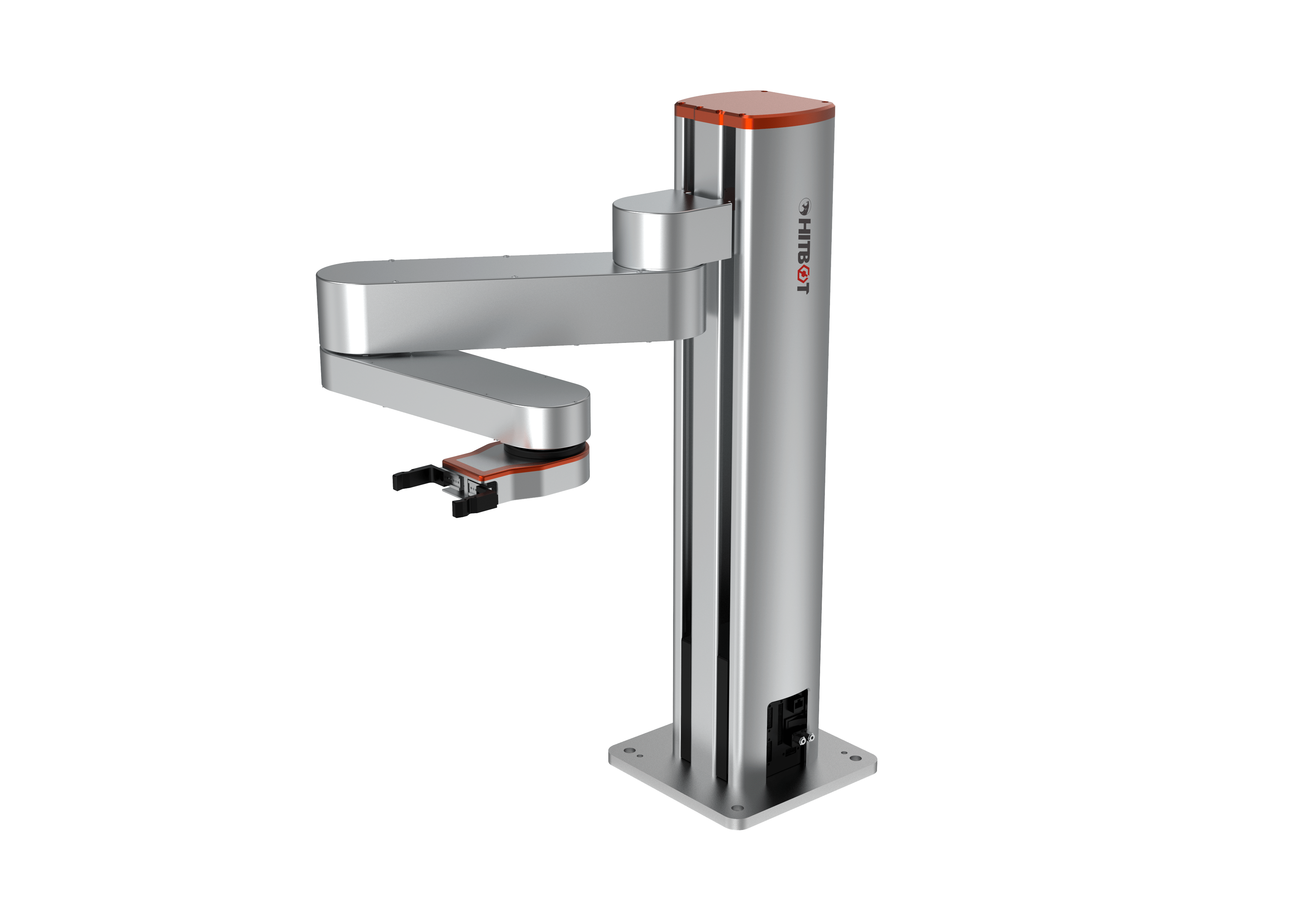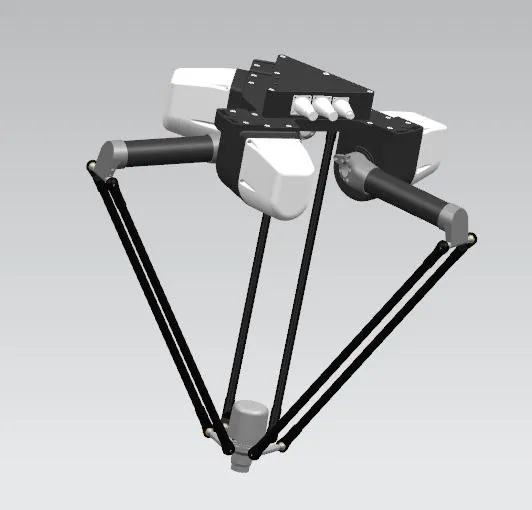
5 Essential Robotic Arm Types Revolutionizing Automation
The robotic arm is a significant part and excellent choice of the robotic machinery industry. The different types of robotic arms tend to fascinate the user with their speed and strength. However, the usage and application of the same remain a mystery to many. This article will broadly describe the different robot arm types and their industrial applications to provide you with a better understanding of efficient decision-making.
1. Articulated Robotic Arm
Application: Ideal for complex manufacturing tasks (welding, assembly, painting) requiring human-like flexibility.
Advantages: 6-axis rotation enables 360° movement precision. Superior for automotive production lines (e.g., KUKA KR 1000).

2.SCARA (Selective Compliance Assembly Robot Arm)
Application: High-speed pick-and-place operations in electronics assembly and precision manufacturing.
Advantages: Z-axis rigidity + horizontal compliance ensures speed (up to 150 cycles/min) with micron-level accuracy.(e.g., Hitbot Z-Arm 4160)

3.Delta Parallel Arm
Application: Ultra-fast sorting/packaging in food/pharma industries (e.g., ABB FlexPicker).
Advantages: Lightweight carbon fiber construction achieves 300+ ppm rates with 5μm repeatability. Hygienic cleanroom-compatible designs.

4.Cartesian/Gantry Robot
Application: CNC machining, 3D printing, and heavy payload handling (up to 2000kg).
Advantages: Linear XYZ movement ensures exceptional positional accuracy (±0.01mm). Modular design allows custom workspaces.

5.Collaborative Robotic Arm (Cobot)
Application: Human-machine teamwork in SMEs and R&D labs (e.g., Universal Robots UR10e).
Advantages: Force-limiting sensors enable safe operation without cages. Intuitive programming via hand-guiding interface.

Key Technical Advantages Across All Types:
– Energy efficiency: 35% average power reduction vs. manual processes
– ROI: Typical payback period <18 months
– Integration: Compatible with Industry 4.0 protocols (OPC UA, MQTT)
The different types of robot arms, which are one of the main parts of an industrial robot, are often referred to as robotic manipulators. These robotic arm types are programmable and are connected via joints or axes to allow rotational or linear movement.
